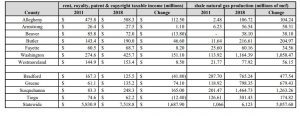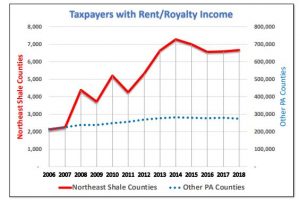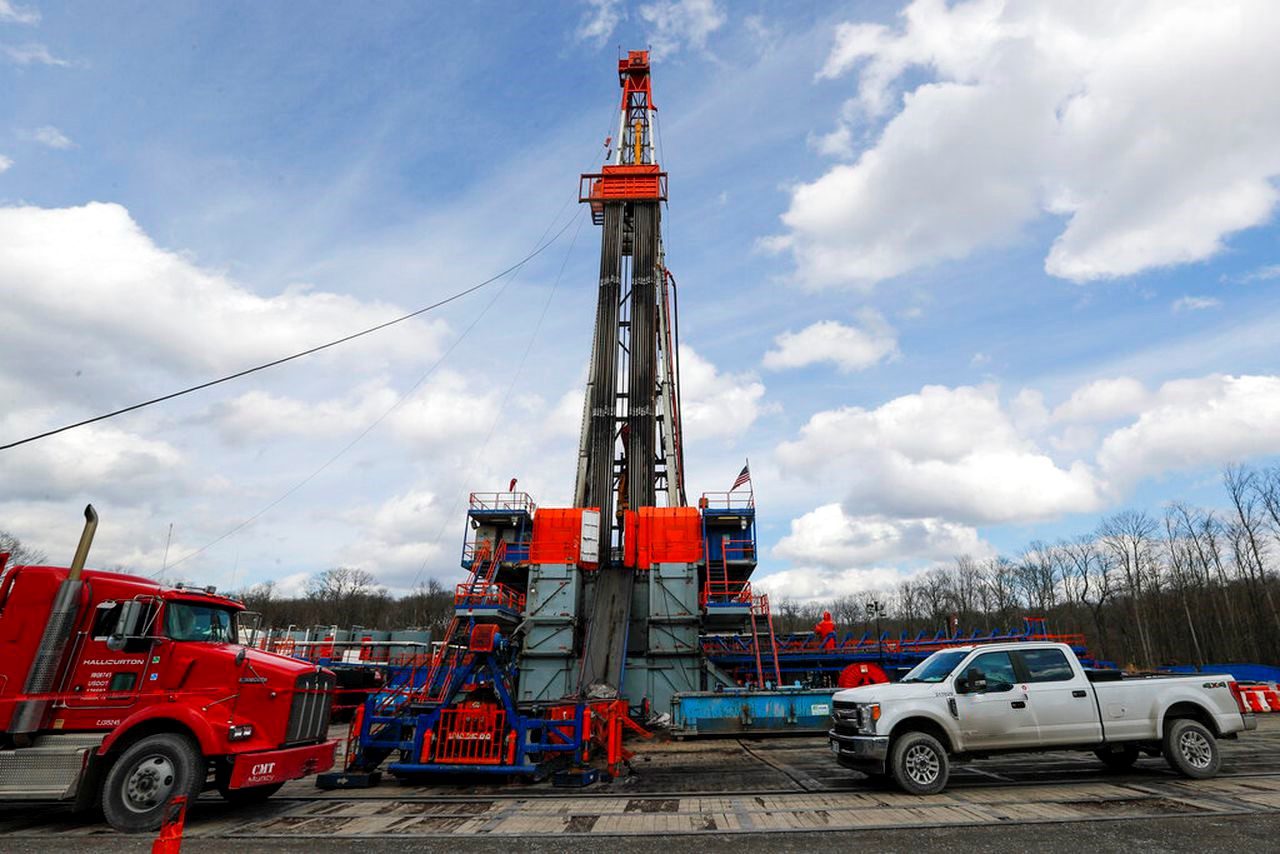Shale gas producing counties in Pennsylvania have realized higher personal income growth from 2011-2018 compared to non-shale producing counties, according to new analyses of state data.
Highlighting Pennsylvania’s “unheralded benefit from shale gas production,” the Allegheny Institute for Public Policy reviewed taxable income from royalties in the Pittsburgh Metropolitan Statistical Area (Allegheny, Armstrong, Beaver, Butler, Fayette, Washington and Westmoreland counties), finding those counties “continued to show increases to this category on state tax returns, demonstrating the enduring economic benefit of natural gas drilling.”
Comparing taxable income in 2011 to 2018, the data shows the largest royalty rate increases occurred in Washington (55%) and Butler (30%) counties, followed by Allegheny (23%), Fayette (13%), Westmoreland (5.8%), and Armstrong (4%).
These numbers are in comparison to a 29% increase in personal income growth across the Commonwealth as a whole, and correspond to regional natural gas production growth during the same time frame.
Additionally, the Institute reviewed two counties outside of the Pittsburgh MSA with prominent natural gas production – Susquehanna and Greene, which are the state’s number 1 and 3 gas producing counties – and concluded they realized a nearly 200% and a 121% increase, respectfully, in taxable income during the 2011-2018 period.

On the other side of the state, Pa. researchers using the same metrics as the Allegheny Institute found natural gas production yields similar results for residents in northeastern Pennsylvania.
In just one year (2007-2008), as leasing and production came underway, income to northeastern Pa. counties grew by $486.6 million in the rent, royalties, patent, and copyright category. That represents a more than 600% increase, a Shepstone Management Company analysis of state income data calculates.

From a macro perspective, NEPA counties of Bradford, Lycoming, Sullivan, Susquehanna, Tioga, and Wyoming together experienced eight times the economic benefits of the entire state between 2006-2018, and over nine times more than other Pennsylvania counties, according to the Shepstone calculations.
Household income was remarkably higher across all boards in 2018 compared to pre-shale development years, even if income from the specific royalty, rent, patent, and copyright categories were not elevated. These totals are likely higher, too, when accounting for royalties to landowners who reside in counties outside the observed regions, the analysts acknowledge.
“From agri-businesses, rural farmers and landowners receiving tens of thousands of dollars in royalties to schools and colleges educating the next generation of gas industry workers, natural gas has infused its energy resources into the economy,” a recent Williamsport Sun-Gazette article highlighted.





